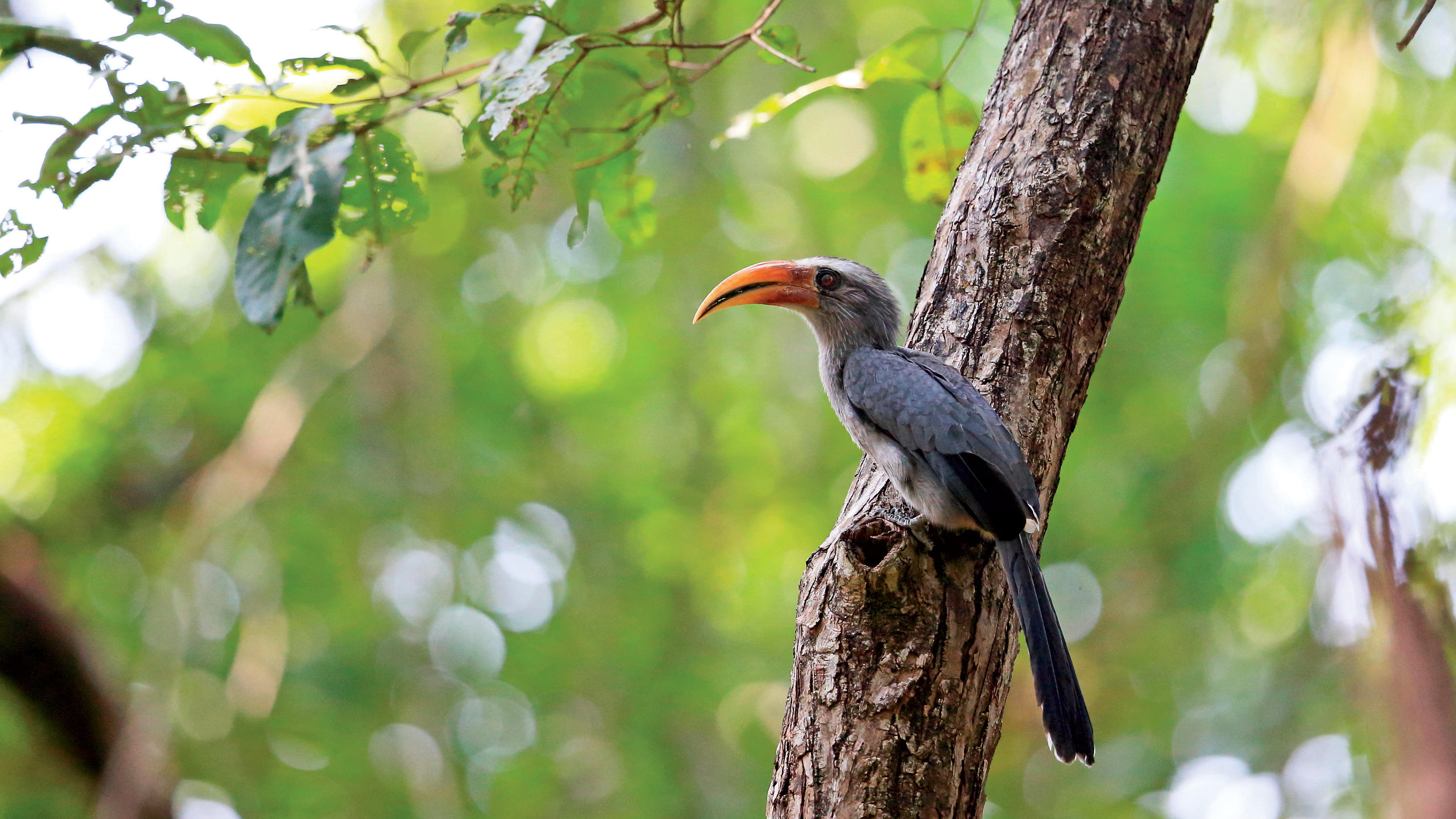A new study by Columbia conservation biologist Don Melnick, graduate student Vijay Ramesh, and several other biologists suggests that the International Union for Conservation of Nature (IUCN), the global authority on endangered species, vastly underestimates the number that are at risk of extinction.
Melnick and his team came to this conclusion after conducting an assessment of tropical bird habitats in the Western Ghats mountain chain of southwest India. Using data from eBird, a public website that gathers user-generated information about millions of bird sightings each year, together with high-resolution geographic data collected by satellite, the researchers created detailed habitat maps for eighteen native species. In doing so, they found that the IUCN, which bases its population estimates on the size of animals’ habitats, had vastly overestimated seventeen of the species’ ranges.
“The main correction we made was to show that there is a significant amount of area within the boundaries of each IUCN range that isn’t actually suitable for the species — whether in terms of altitude, temperature range, or the type of vegetation found there,” says Melnick, whose paper appears in the journal Biological Conservation.
Based on their own, more precise maps, Melnick and his collaborators determined that at least ten of the eighteen bird species should have their IUCN threat status elevated. For example, the researchers say that the hill-dwelling Nilgiri pipit should be classified as “endangered” rather than “vulnerable,” while the large-beaked Malabar grey hornbill, now listed as a species of “least concern,” should be regarded as “near-threatened.”
Melnick and his collaborators have urged IUCN scientists to adopt their mapping methods, which are described in their paper and are available for anyone to use. Melnick says that his team’s approach could generate population estimates for a wide variety of animals.
“Our study suggests that more high-resolution habitat maps could dramatically alter our estimates of the species population numbers,” he says. “And this could give us a much better idea of their risk of vanishing.”



